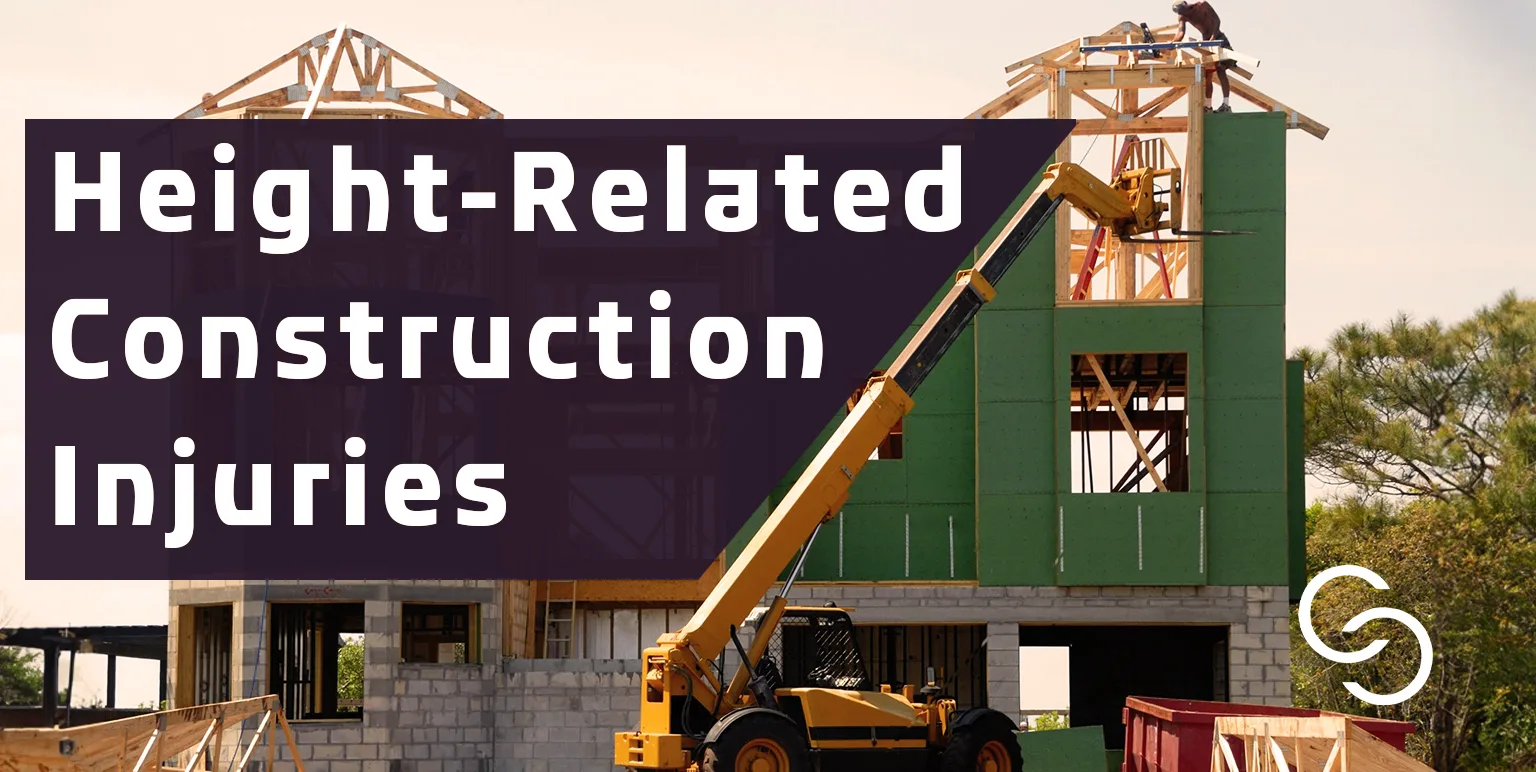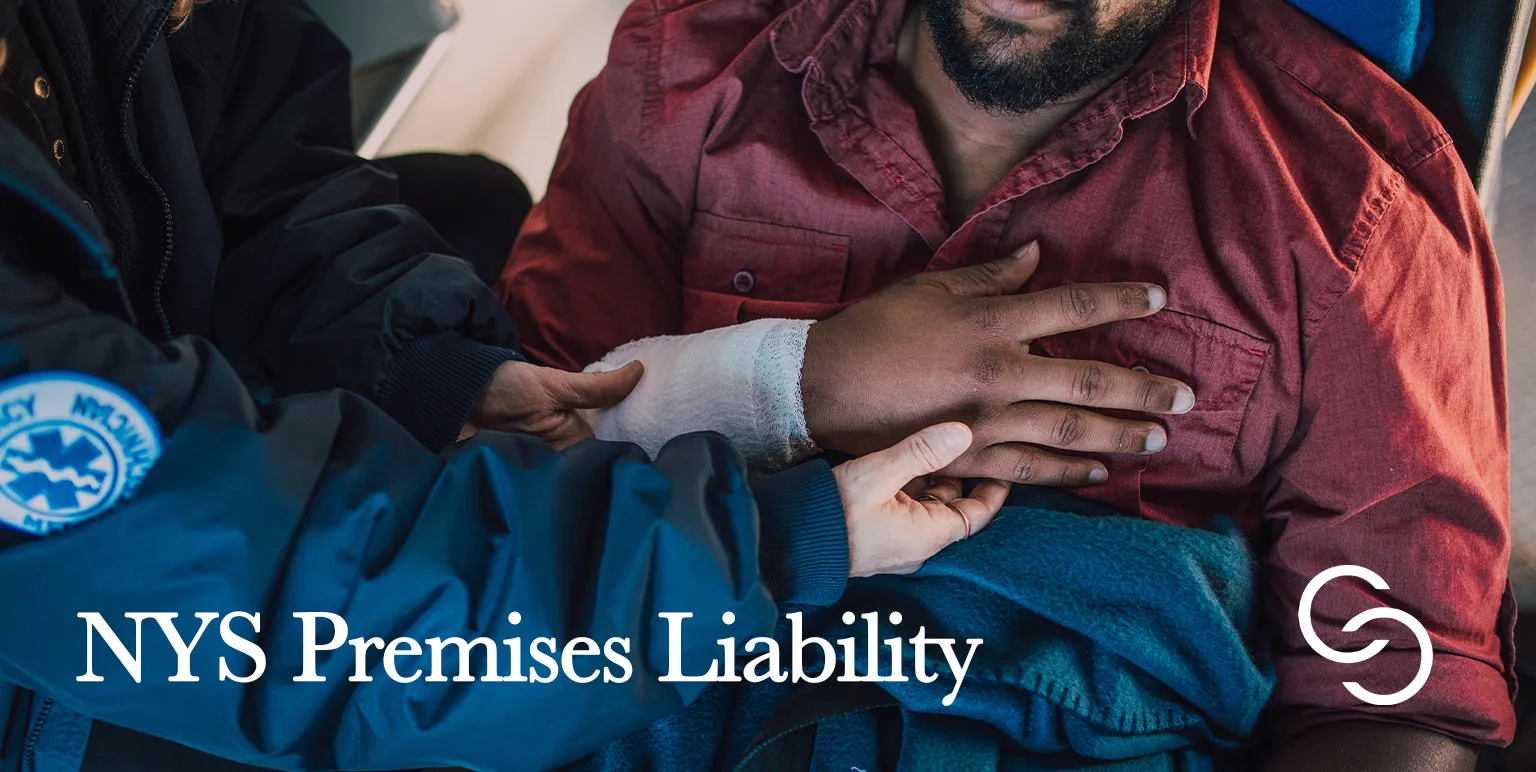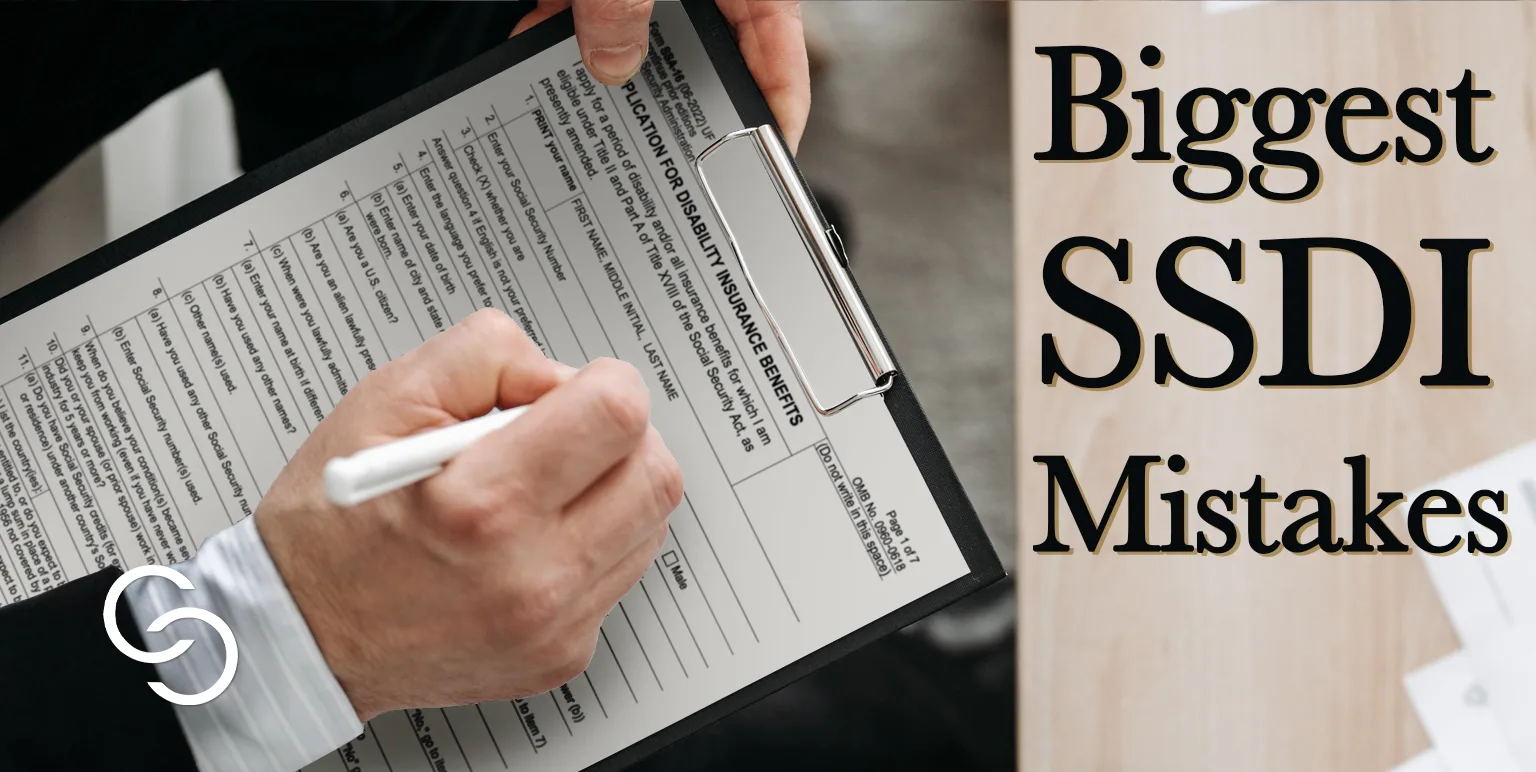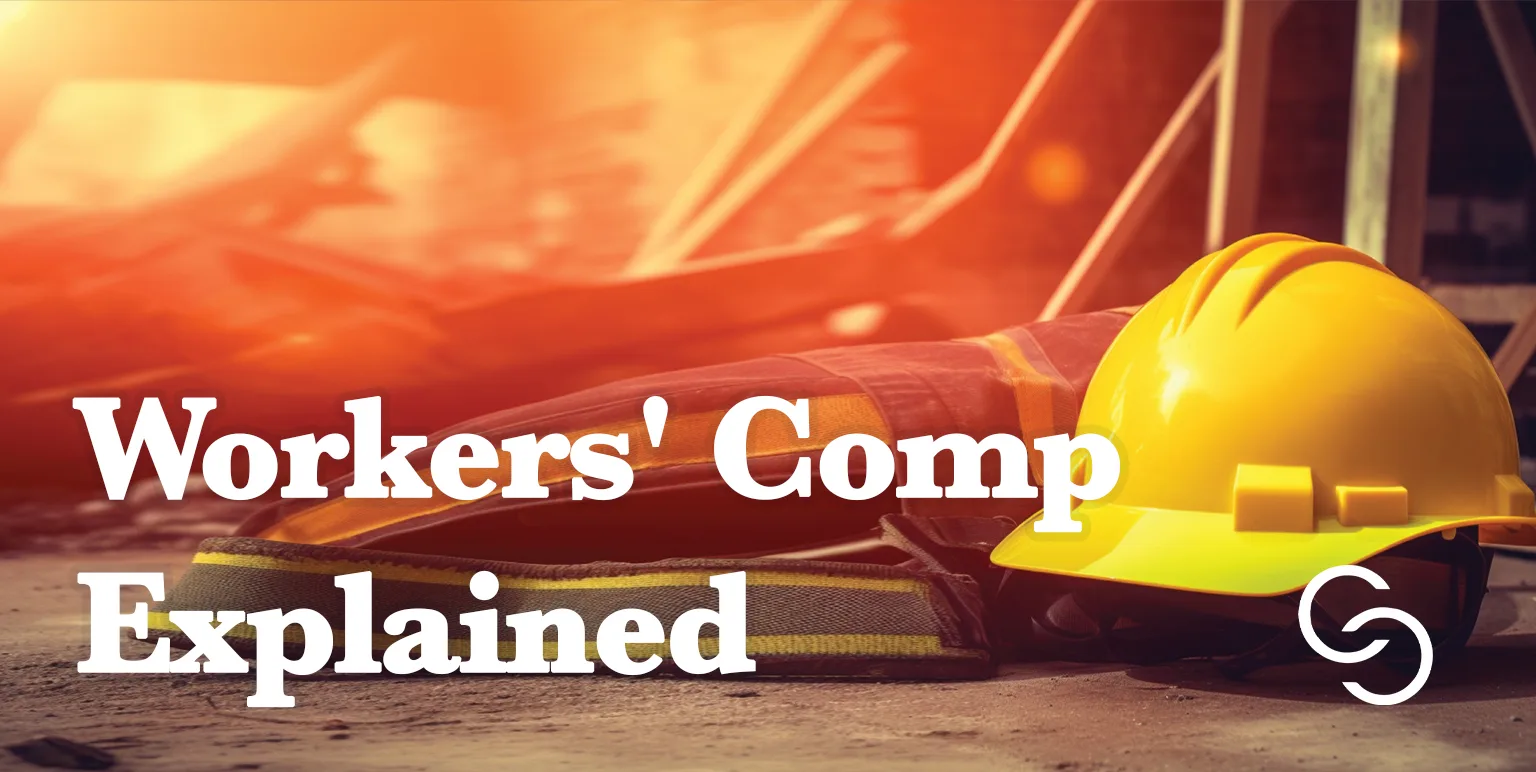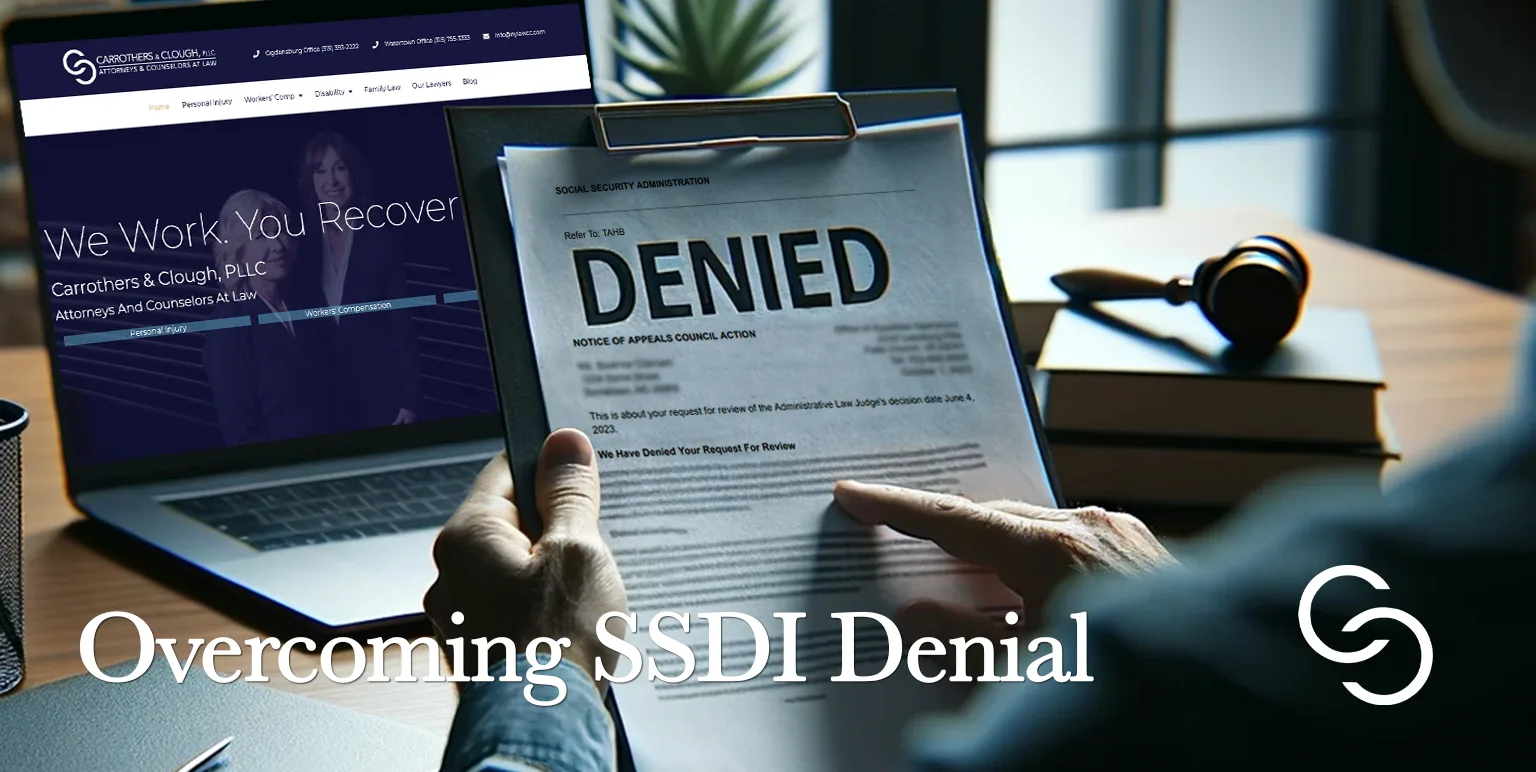How Does New York’s Scaffolding Law Affect Your Workplace Injury?
In 2022, private-sector construction workers had the highest number of fatal accidents of any other profession or industry in New York City, with falls, slips, and trips accounting for a majority of those fatalities. When employees are injured on the job, workers’ compensation is the recovery method used most often. New York’s state laws, however, apply strict liability to property owners and employers for accidents and injuries involving falls.
How does this liability impact New Yorkers who are hurt at work? The state’s regulation of such accidents is a highly debated topic, and it is not unreasonable to expect changes to this Law at some point in the future. Evolving statutory guidance and shifting perspectives on the best way to handle workplace injuries means navigating the complex legal landscape of employee falls requires assistance from an experienced personal injury attorney.
The attorneys at Carrothers & Clough have been practicing workers’ compensation, social security, and personal injury law for a combined six decades. Their knowledge and expertise in these areas are unparalleled and provide an invaluable resource for clients in the midst of complex New York injury cases.
New York State’s Scaffolding Law
New York Labor Law § 240, commonly referred to as the Scaffold Law, dictates the safety measures that buildings must have whenever construction is being performed. These safety standards apply to buildings and structures, but the law does not define these terms. Case law established for over 100 years provides clarity on what a building or structure includes, and the definition extends not only to buildings like apartment complexes and stores but also to:
- Bridges
- Tunnels
- Garages
Essentially, Labor Law 240 applies to any structure that is “artificially built up or composed of parts joined together in some definite manner.”
New York’s Scaffold Law also outlines the type of work and safety devices that fall under the law. Contractors and property owners must provide:
- Scaffolding
- Hoists
- Stays
- Ladders
- Slings
- Pulleys
- Braces
- Ropes
- And any other protection device
These safety measures must be given to anyone hired for the following tasks:
- Building or erecting
- Demolishing
- Repairing
- Altering
- Painting
- Cleaning
- Pointing
There are limited exceptions, such as owners of single-family houses and two-unit dwellings who do not control the work being performed.
Will Labor Law 240 Impact Your Injury Claim?
The broad reach of New York’s Scaffolding Law means the majority of fall-related work injuries are impacted by the law. The following questions can help you determine if your workers’ compensation or social security claim could be affected by Labor Law 240:
- Were you injured at a construction site on an eligible structure?
- Were you working when the injury occurred?
- Did one or more of the safety devices required by the statute fail to protect you? Or was the device not provided?
- Did the accident cause damages that you want or need to receive compensation for?
If the answer to all of these questions is yes, the terms of Labor Law 240 likely govern your workplace accident.
New York’s Labor Law 240 is unique because it differs greatly from many other injury laws that require liability to involve an element of foreseeable danger or maintenance neglect. There must have been a breach in the duty of care owed to the injured party in most circumstances, but this is not necessarily the case when a workplace fall occurs.
If you were injured in a fall at a construction site, the chances are high that proving the fall happened is all that is necessary to show that proper safety mechanisms were not in place. In many cases, this strict liability system also prevents property owners and employers from claiming that the worker’s own actions led to their accident. It is this issue that many opponents of New York’s current law reference in their arguments – that ignoring worker negligence or disregard for safety is not just.
In theory, the Scaffolding Law only applies to accidents in which the employer, contractor, or property owner failed to furnish appropriate safety equipment. If the proper protection mechanisms were provided and a worker chose to disregard the safety measures, then the worker is responsible for their own accident-related injuries. In practice, the Law is applied in various ways, making any singular outcome impossible to guarantee.
Case law has also extended the application of Labor Law 240 beyond fall accidents to include injuries caused by gravity and injuries involving same-level falling objects.
Workers’ Compensation Claims
Even if you file an injury claim under Labor Law 240, you may still be eligible for workers’ compensation in New York. This can be a beneficial strategy for recovering sufficient monetary damages since benefits for injured workers are often limited in the types of damages they cover. For instance, pain and suffering is rarely substantial in workers’ compensation awards but commonly included in third-party claims through the Scaffolding Law.
Labor Law 240 and Your Workplace Injury
The complexity of New York’s Scaffolding Law can make it challenging for injured construction workers to determine what their rights are. The attorneys at Carrothers & Clough have represented clients in New York for 60 years in a variety of workers’ compensation, social security, and disability claims.
If you’ve been injured in a workplace fall due to improper safety equipment, you may be able to file a claim under New York’s Labor Law 240. Contact us today to schedule a free consultation.


